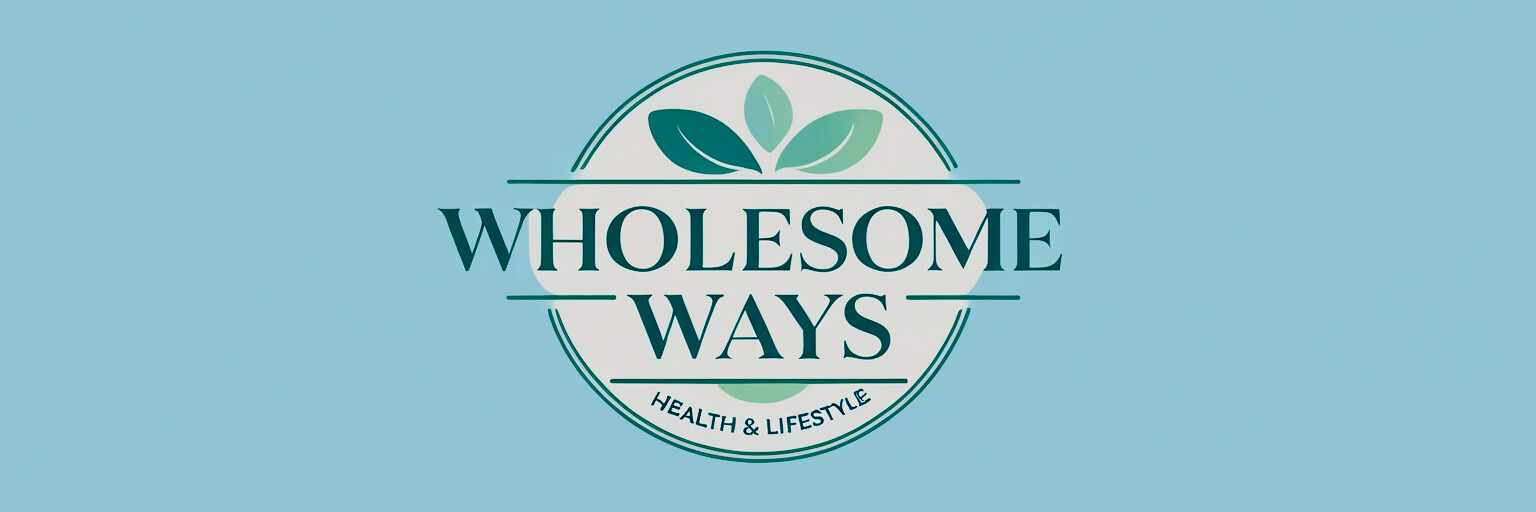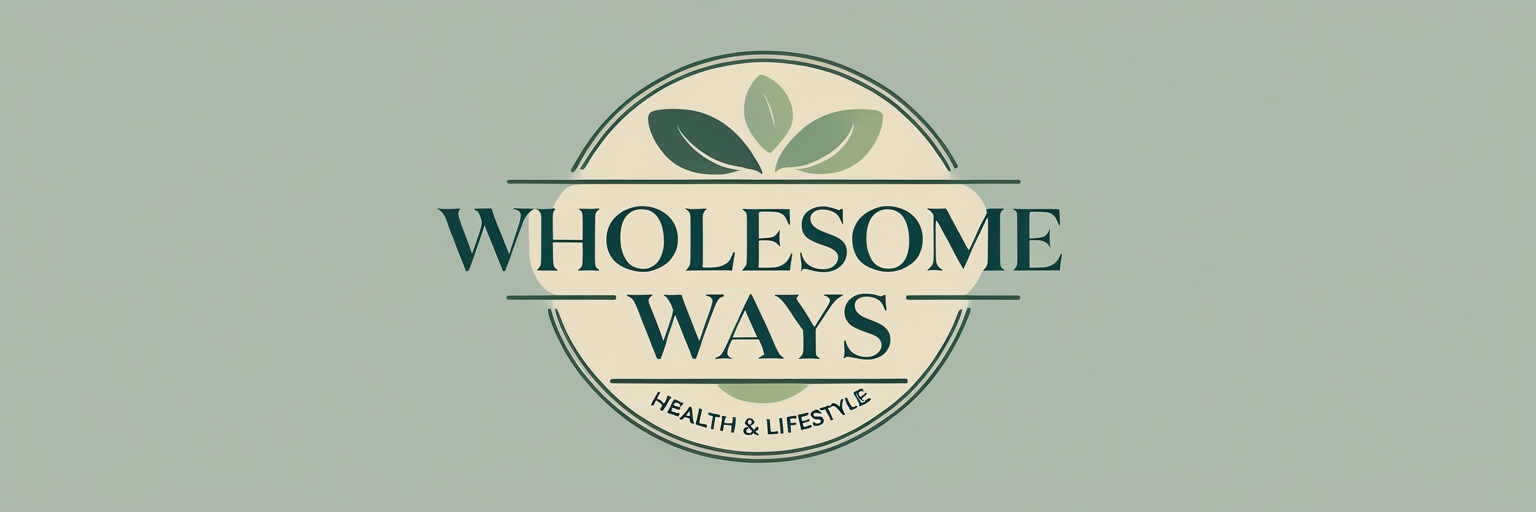Now Reading: Let Go & Find Inner Peace: Release What You Can’t Control
-
01
Let Go & Find Inner Peace: Release What You Can’t Control
Let Go & Find Inner Peace: Release What You Can’t Control

Learning to Let Go: Practical Strategies for Inner Peace in an Uncontrollable World
My dear friend, have you ever felt the weight of the world pressing down on your shoulders? That constant tug-of-war with situations, people, or outcomes that just won’t bend to your will? It’s a feeling many of us know all too well. In a world that often feels chaotic and unpredictable, the desire to maintain control can be incredibly strong. Yet, paradoxically, it’s often our grip on what we can’t control that truly robs us of our inner peace and genuine emotional freedom.
This journey of learning to let go isn’t about giving up or becoming passive. Far from it! It’s about a profound shift in perspective, a powerful act of self-care, and a pathway to cultivating a more resilient, joyful, and deeply satisfying life. Together, we’ll gently explore why we cling so tightly, how to lovingly release that grip, and the incredible benefits that await when you embrace the art of surrender.
The Burden of Control: Why We Hold On and Why It Hurts
It’s deeply human to seek certainty and order. From a young age, we’re encouraged to plan, strive, and achieve. This drive for mastery is powerful and wonderfully positive when directed at things truly within our influence. But what happens when that commendable drive collides with the undeniable reality of life’s inherent uncontrollability?
The Illusion of Control
Our innate desire to control stems from a fundamental need for safety and predictability. We often believe that if we just plan enough, worry enough, or work hard enough, we can dictate outcomes. This belief offers a temporary, comforting sense of security, shielding us from the discomfort of uncertainty. However, this sense of control is, more often than not, an illusion. Life, by its very nature, is full of surprises, setbacks, and countless variables far beyond our direct reach. For instance, you might meticulously plan every detail of a special family gathering, only for unexpected bad weather to derail outdoor activities, or a key guest to fall ill. Or perhaps you spend weeks perfecting a project at work, convinced it will guarantee a promotion, only for company restructuring to change everything. When we operate under this illusion, we set ourselves up not just for disappointment, but also for chronic stress and a pervasive feeling of powerlessness.
The Cost of Clinging
Holding on tightly to what we cannot control is incredibly draining, isn’t it? Think of it like trying to hold onto water – the harder you squeeze, the more it slips through your fingers, and the more exhausted you become. This constant resistance to reality manifests as chronic stress, anxiety, frustration, and even physical exhaustion. It fuels obsessive thoughts and endless cycles of worry, preventing us from truly living in the present moment and enjoying the calm that could be ours.
Differentiating Control vs. Influence
This is perhaps one of the most crucial distinctions we can make, my friend, and it’s a game-changer. Inspired by timeless philosophies like Stoicism, understanding the dichotomy of control is foundational to truly releasing control. It helps us see where our genuine power lies:
- What we CAN control: Our thoughts, our actions, our reactions, our effort, our attitude, our mindset, our choices, our words.
- What we CANNOT control: Other people’s actions or opinions, past events, the weather, economic conditions, traffic, most outcomes, the future, and even our physical health (to some extent, as our bodies have their own rhythms).
Recognizing this isn’t about giving up; it’s about directing our precious energy wisely, away from futile battles and towards empowering choices that genuinely make a difference in our lives.
The Pillars of Letting Go: Core Principles for Freedom
Letting go isn’t a single action; it’s a profound practice built on several core principles that foster incredible personal growth and lasting mental well-being. These pillars provide the beautiful foundation for a life of greater ease and calm.
Embracing Acceptance
Acceptance is often misunderstood as resignation or weakness, isn’t it? On the contrary, it is a profound act of strength and courage. It means acknowledging “what is” in this very moment, without judgment, without wishing it were different, and without trying to change the unchangeable. It’s understanding that reality, even when challenging or painful, is part of your unique journey. When you genuinely accept reality, you stop fighting it, which frees up an immense amount of mental and emotional energy that can then be used for healing and moving forward.
Cultivating Mindfulness and Presence
Mindfulness is the practice of gently anchoring yourself in the here and now, observing your thoughts and emotions without getting swept away by them. It’s about being fully present, rather than constantly dwelling on the past or anxiously worrying about the future. Simple practices like deep breathing, observing your senses, or grounding techniques can help you return to your body and the present moment, allowing you to observe challenging emotions or situations without getting entangled in them.
Practicing Self-Compassion
Learning to let go is not always easy, my friend, and you will inevitably stumble. This is perfectly normal and where self-compassion comes in. It means treating yourself with the same kindness, understanding, and patience you would so readily offer a dear friend. Release the grip of perfectionism and unrealistic expectations. Acknowledge that this is a process, and it takes time, practice, and persistent patience. Give yourself grace, always.
Actionable Strategies: How to Actively Release What You Can’t Control
Now that we understand the foundations, let’s explore some practical, evidence-based strategies you can begin to implement today to actively release what no longer serves you and reclaim your precious peace of mind.
1. Identifying Your Sphere of Control
Take a moment for this powerful exercise, my friend. Grab a pen and paper or open a note on your phone – it’s incredibly clarifying:
- List what you CAN control: Your effort, your words, your responses, your boundaries, your self-care routines, your attitude, your focus, your willingness to learn, your kindness towards yourself and others.
- List what you CANNOT control: Other people’s opinions or actions, past mistakes (you can learn from them, but not change them), the weather, global events, how long a task takes (there are always variables), the stock market, unforeseen emergencies, or even the immediate outcome of a medical test.
Simply seeing these lists laid out can be incredibly empowering, helping you direct your valuable energy more effectively and intelligently.
2. Cognitive Reframing: Shifting Your Perspective
Our thoughts profoundly shape our reality. Cognitive reframing involves consciously challenging anxious or unhelpful thought patterns and finding alternative, more helpful interpretations of situations. Instead of automatically thinking, “This is impossible, I’ll never succeed,” try reframing it to, “This is a significant challenge, but I can focus on my effort and learn along the way, regardless of the immediate outcome.” You can also use gentle, positive affirmations for surrender, such as, “I choose quiet peace instead of the illusion of control,” or “I release this situation to the universe, trusting in its unfolding.”
3. Emotional Processing Techniques
- Journaling: Your journal is a sacred, safe, and non-judgmental space to express and release pent-up emotions. Write freely about your fears, frustrations, and worries about things you can’t control. The very act of externalizing these thoughts onto paper can help you gain perspective, create a healthy distance, and detach from overwhelming feelings.
- “Letting Go” Meditations and Guided Imagery: There are many beautiful guided meditations available (check apps like Calm or Headspace, or YouTube) that specifically help you visualize releasing burdens. Imagine placing your worries into a beautiful balloon and watching it float gently away into the sky, or writing them on a leaf and seeing it drift down a serene stream.
- “Noticing and Not Doing”: When an uncontrollable situation or an overwhelming emotion arises, simply *notice* it without trying to fix, judge, or push it away. Acknowledge its presence with kindness, take a deep, calming breath, and gently remind yourself that you don’t need to *do* anything about it right now. This is a powerful step towards healthy detachment and acceptance.
4. Setting Healthy Boundaries
Setting boundaries is a crucial and often overlooked act of self-care. It involves defining what you will and will not accept in your relationships, your time, and your daily life. This protects your energy and focus, ensuring you’re not constantly being pulled into situations or conversations that drain you and are fundamentally beyond your control. It empowers you to guard your peace.
5. Focusing on Solutions, Not Problems
When faced with a challenge, it’s so easy to get stuck dwelling on the problem itself, isn’t it? Instead, consciously shift your energy towards identifiable, controllable actions that might offer a solution or mitigate the problem. If you truly can’t control the outcome of a situation, then focus with all your heart on controlling your response, your preparation, and your effort. This redirection of focus is incredibly empowering.
The Profound Benefits: How Letting Go Transforms Your Well-being
The commitment to releasing control yields a rich harvest of positive changes in your life. The act of surrender isn’t about giving up, but rather gaining so much more than you could imagine.
Reduced Stress and Anxiety
Imagine the mental space and energy you’ll free up when you stop trying to wrestle with the uncontrollable. This dramatically reduces the burden of chronic stress and anxiety, allowing your mind to relax and find genuine tranquility.
Enhanced Resilience and Adaptability
When you’ve practiced letting go, you become wonderfully adept at navigating life’s inevitable curveballs. You learn to bounce back stronger from setbacks, knowing that while you can’t control the event, you absolutely can control your response and your path forward. This builds incredible resilience.
Deeper Inner Peace and Calm
This, my friend, is the ultimate prize. By accepting what is and focusing your energy wisely, you cultivate a steady, quiet mind amidst external chaos. This deeper inner peace becomes a constant companion, regardless of what’s happening around you.
Improved Relationships
When you let go of the need to control others, judge their choices, or predict their reactions, your relationships truly flourish. You approach interactions with more acceptance, less criticism, and a greater capacity for genuine connection and unconditional love.
Greater Freedom and Joy
Imagine the profound freedom that comes from releasing the grip of incessant worry and the heavy burden of attachment to specific outcomes. This allows you to live more authentically, embrace new possibilities with an open heart, and experience greater, unburdened joy in the simple, beautiful moments of life.
Sustaining Your Practice: Making Letting Go a Lifelong Habit
Like any meaningful skill, learning to let go is a journey, not a destination. It’s a lifelong practice that deepens beautifully over time with conscious, gentle effort.
Patience and Persistence
There will be days, my friend, when you feel like you’ve got it all figured out, and other days when you feel like you’re back at square one. This is perfectly normal and part of the human experience. Be patient with yourself, acknowledge the natural ebb and flow of the process, and lovingly persist in your commitment to this practice. Each moment you choose to release is a small, yet powerful, victory.
Seeking Support
You absolutely don’t have to walk this path alone. If you find yourself consistently struggling with an overwhelming fear of control, debilitating worry, or significant difficulty processing emotions, please consider seeking professional support. Therapy, counseling, or supportive community groups can provide invaluable tools, insights, and a safe, nurturing space to explore deeper challenges.
Celebrating Small Victories
Don’t wait for a monumental breakthrough to acknowledge your progress. Celebrate every time you consciously choose to let go of a worry, accept a difficult situation, or redirect your focus from the uncontrollable to what you *can* influence. These small, consistent victories accumulate and beautifully strengthen your resolve, lighting your way forward.
Conclusion: Embracing the Flow of Life
My friend, learning to let go is perhaps one of the most transformative skills you can develop for your emotional health and overall well-being. It’s a heartfelt invitation to step out of the constant struggle against the tide and instead, learn to flow with life’s natural, beautiful currents. By embracing acceptance, cultivating mindfulness, practicing self-compassion, and diligently applying these actionable strategies, you are not giving up; you are choosing a path of profound strength, deeper inner peace, and true freedom. Start today, one small, gentle release at a time, and watch how your world begins to open up to new possibilities and boundless joy.




















